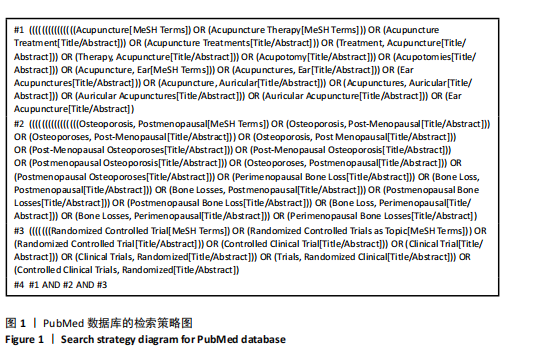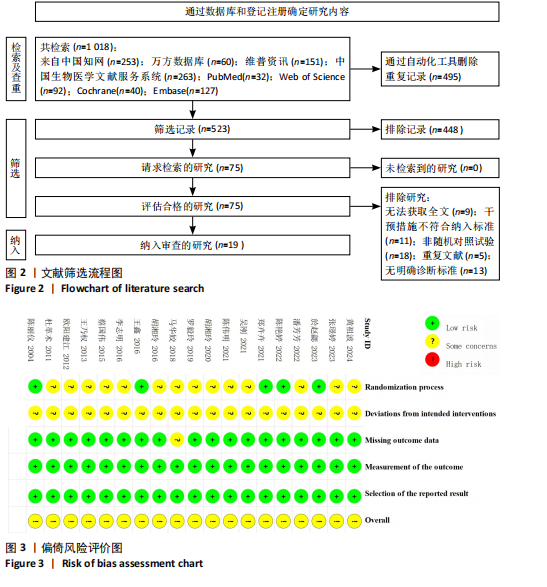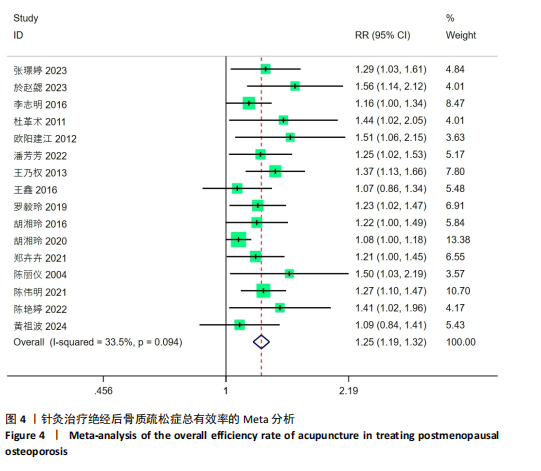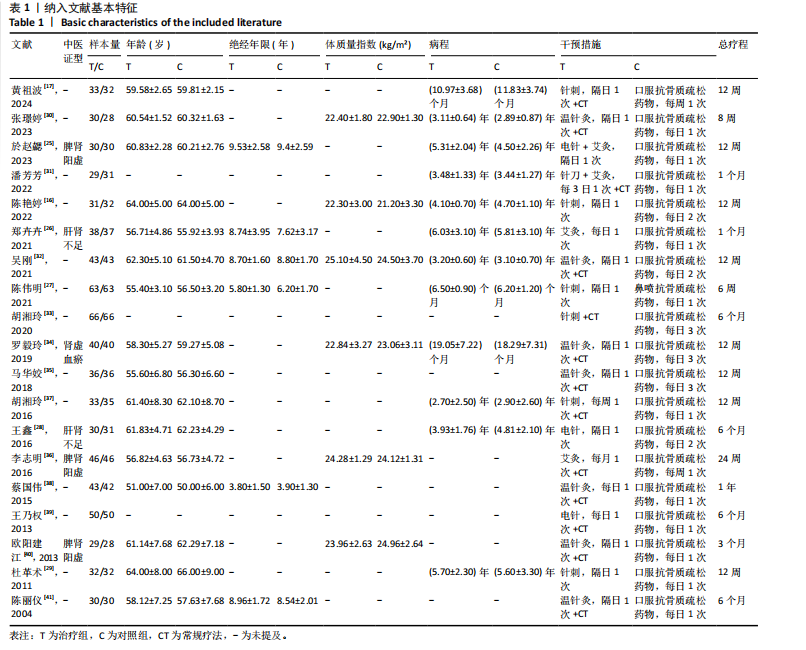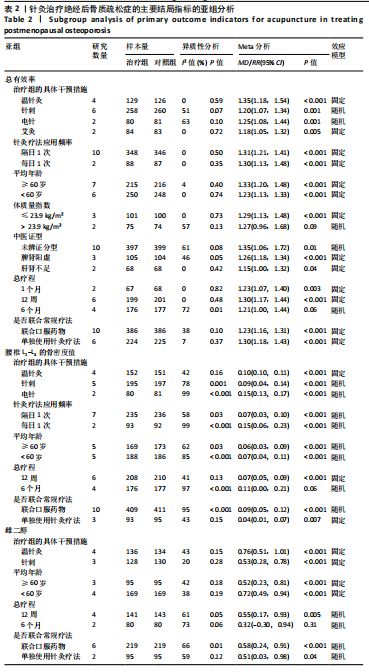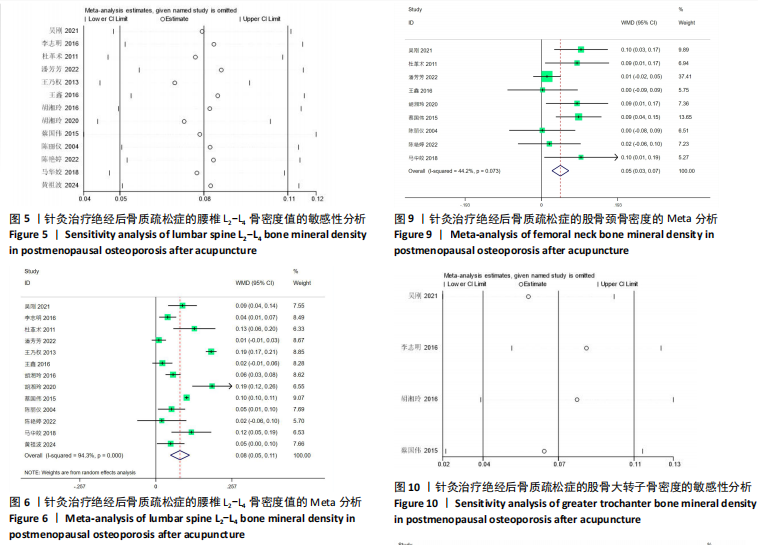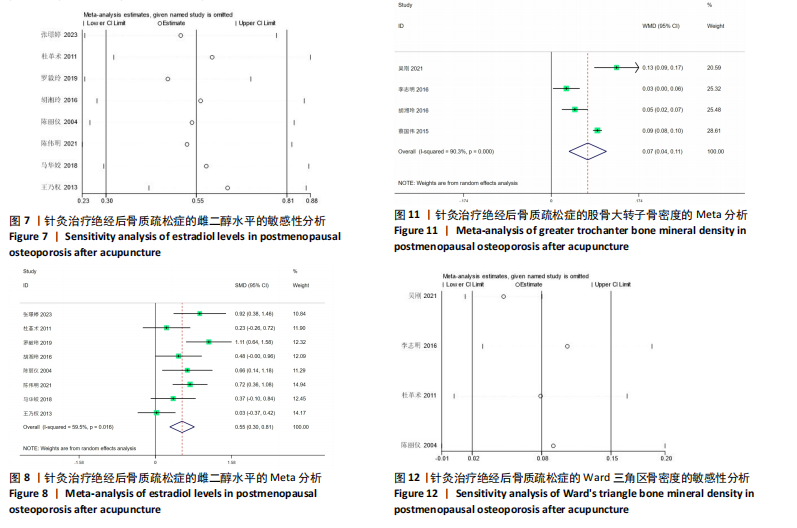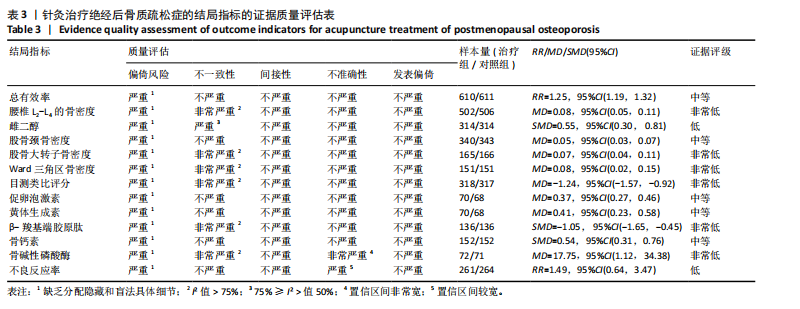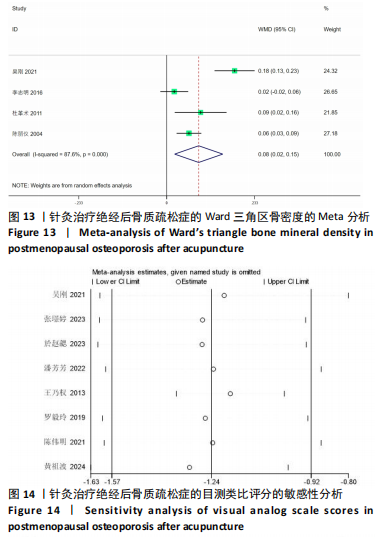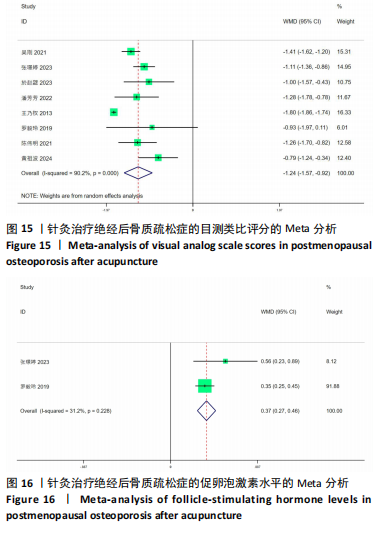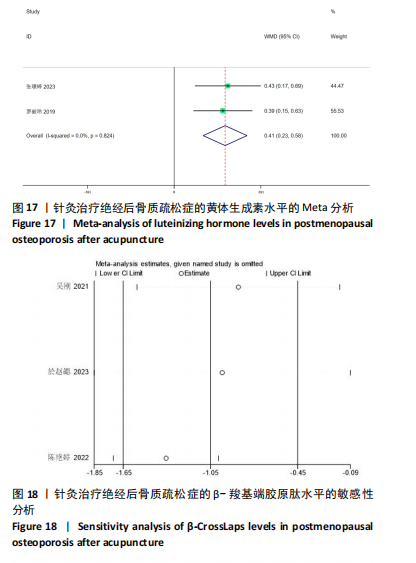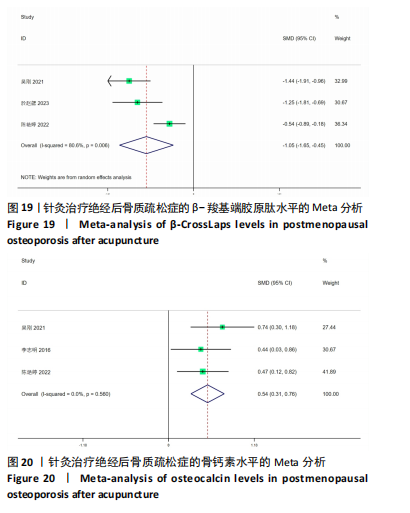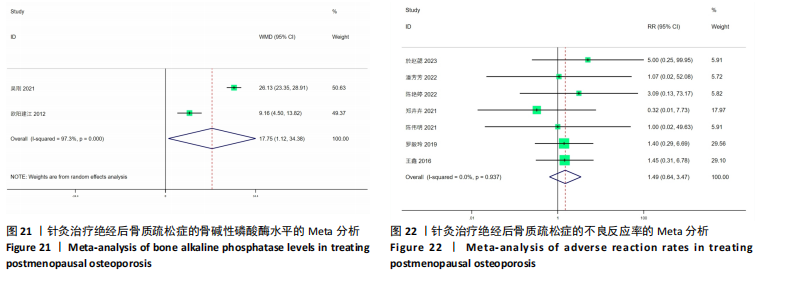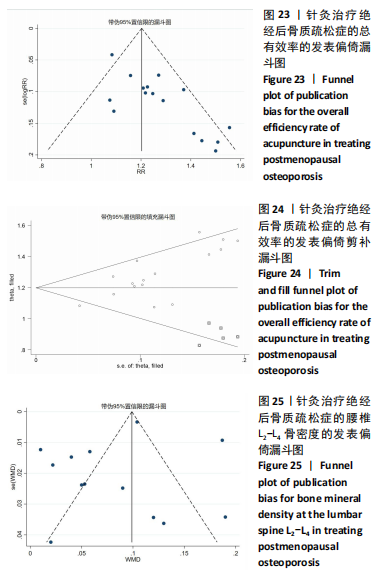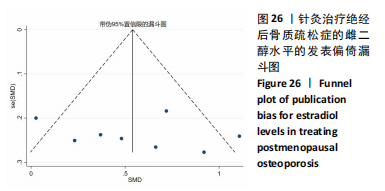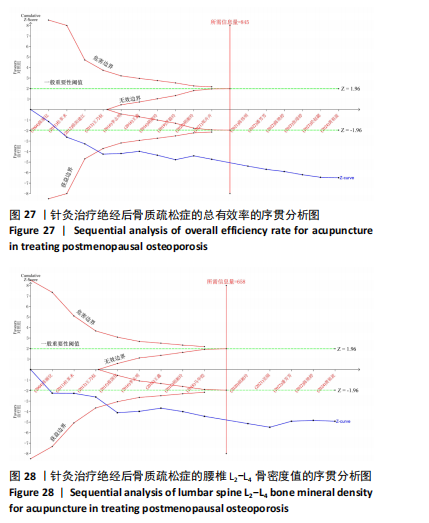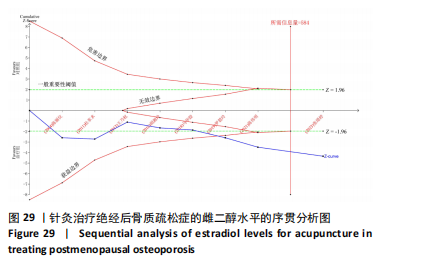[1] GREGSON CL, ARMSTRONG DJ, BOWDEN J, et al. UK clinical guideline for the prevention and treatment of osteoporosis. Arch Osteoporos. 2022;17(1):58.
[2] Consensus development conference: prophylaxis and treatment of osteoporosis. Osteoporos Int. 1991;1(2):114-117.
[3] SALARI N, DARVISHI N, BARTINA Y, et al. Global prevalence of osteoporosis among the world older adults: a comprehensive systematic review and meta-analysis. J Orthop Surg Res. 2021;16(1):669.
[4] EASTELL R, O’NEILL TW, HOFBAUER LC, et al. Postmenopausal osteoporosis. Nat Rev Dis Primers. 2016;2:16069.
[5] LUPSA BC, INSOGNA K. Bone Health and Osteoporosis. Endocrinol Metab Clin North Am. 2015;44(3):517-530.
[6] 何海洋,杨嘉玲,雷迅.绝经后女性骨质疏松症患病率及影响因素的Meta分析[J].中国全科医学,2024,27(11):1370-1379.
[7] 吴惠一,刘颖,兰亚佳,等.中国绝经女性骨质疏松症患病率的Meta分析[J].中国循证医学杂志,2022,22(8):882-890.
[8] 张智海,刘忠厚,石少辉,等.中国大陆地区以-2.5SD为诊断的骨质疏松症发病率文献回顾性研究[J].中国骨质疏松杂志,2015,21(1):1-7+24.
[9] SHEN Y, HUANG X, WU J, et al. The Global Burden of Osteoporosis, Low Bone Mass, and Its Related Fracture in 204 Countries and Territories, 1990-2019. Front Endocrinol (Lausanne). 2022;13:882241.
[10] LEBOFF MS, GREENSPAN SL, INSOGNA KL, et al. The clinician’s guide to prevention and treatment of osteoporosis. Osteoporos Int. 2022;33(10):2049-2102.
[11] MANOLAGAS SC. From estrogen-centric to aging and oxidative stress: a revised perspective of the pathogenesis of osteoporosis. Endocr Rev. 2010;31(3):266-300.
[12] LU L, TIAN L. Postmenopausal osteoporosis coexisting with sarcopenia: the role and mechanisms of estrogen. J Endocrinol. 2023;259(1):e230116.
[13] 王建华.骨质疏松症治疗药物的分类与用药选择[J].中华老年骨科与康复电子杂志,2019,5(5):297-300.
[14] PING R, QUANWU W, WEI B, et al. Identifying the effective combination of acupuncture and traditional Chinese medicinal herbs for postmenopausal osteoporosis therapy through studies of their molecular regulation of bone homeostasis. J Tradit Chin Med. 2024; 44(1):212-219.
[15] 郭迪,高志攀,张亚平,等.针刺通过Wnt信号通路对绝经后骨质疏松骨折大鼠骨密度和骨代谢的作用研究[J].中国骨质疏松杂志,2023,29(3):349-355+384.
[16] 陈艳婷,林丽梅,王晓东,等.岭南陈氏针法治疗绝经后骨质疏松症及对血清GH、IGF-1的影响[J].中国针灸,2022, 42(9):979-984.
[17] 黄祖波,曾月,周浩,等.针药结合对绝经后骨质疏松患者腰腿疼痛的疗效评价研究[J].四川中医,2024,42(3):188-190.
[18] PAGE MJ, MCKENZIE JE, BOSSUYT PM, et al. The PRISMA 2020 statement: an updated guideline for reporting systematic reviews. BMJ. 2021;372:n71.
[19] 中华医学会骨质疏松和骨矿盐疾病分会.原发性骨质疏松症诊疗指南(2022)[J].中华骨质疏松和骨矿盐疾病杂志,2022, 15(6):573-611.
[20] 中华中医药学会.绝经后骨质疏松症(骨痿)中医药诊疗指南(2019年版)[J].中医正骨,2020,32(2):1-13.
[21] 《骨科疾病疗效评价标准》出版[J].实用骨科杂志,2012,18(8):691.
[22] 王瑞平.随机对照临床试验设计中的样本量估算方法[J].上海医药,2023,44(1): 48-52.
[23] HIGGINS J, GREEN S. “Cochrane Handbook for Systematic Reviews of Interventions Version 5.1.0,” in The Cochrane Collaboration[2024-08-18]. http://www.cochrane-handbook.org.
[24] STERNE JA, SUTTON AJ, IOANNIDIS JP, et al. Recommendations for examining and interpreting funnel plot asymmetry in meta-analyses of randomised controlled trials. BMJ. 2011;343:d4002.
[25] 於赵勰.电针联合温和灸治疗脾肾阳虚型绝经后骨质疏松症的临床研究[D].武汉:湖北中医药大学,2023.
[26] 郑卉卉.艾灸热敏化腧穴治疗肝肾不足型绝经后骨质疏松症腰背疼痛的临床研究[D].兰州:甘肃中医药大学,2021.
[27] 陈伟明,廖垚,鲍广兵,等.《内经》傍针刺法配合鲑鱼降钙素治疗绝经后骨质疏松症的临床研究[J].按摩与康复医学, 2021,12(19):13-15.
[28] 王鑫.电针治疗肝肾不足型绝经后骨质疏松症的临床观察[D].福州:福建中医药大学,2016.
[29] 杜革术.针刺对绝经后骨质疏松患者骨密度及血清雌二醇的影响[J].上海针灸杂志,2011,30(2):104-106.
[30] 张璟婷,薄化君,陈柯村.温针灸肾俞穴治疗绝经后骨质疏松症的疗效观察[J].新疆医科大学学报,2023,46(7):961-965.
[31] 潘芳芳,任叔舆,吴萍,等.微针刀联合温和灸治疗绝经后骨质疏松症的疗效观察[J].浙江临床医学,2022,24(12):1790-1791+1794.
[32] 吴刚,张永锋.温针灸加补肾通络方对绝经后骨质疏松症患者骨代谢及疼痛的影响[J].检验医学与临床,2021,18(21):3172-3175.
[33] 胡湘玲,何年红,尹书东,等.针灸联合补骨丸治疗绝经后骨质疏松症临床研究[J].云南中医中药杂志,2020,41(9):53-55.
[34] 罗毅玲,周丕琪,王刚.温针灸联合古方青娥丸加味对绝经后骨质疏松腰腿痛患者疼痛、氧化应激及性激素水平的影响[J].湖南中医药大学学报,2019,39(8): 977-981.
[35] 马华姣,郑进福,陈俊辉.温针灸治疗绝经后骨质疏松症效果分析[J].深圳中西医结合杂志,2018,28(20):42-43.
[36] 李志明,杨冬,马锌明.督灸联合阿仑膦酸钠肠溶片治疗绝经后骨质疏松症(脾肾阳虚证)的疗效观察[J].中医药导报,2016,22(1):61-63.
[37] 胡湘玲.针刺对绝经后骨质疏松患者骨密度及血清雌二醇的影响[J].湖南中医杂志,2016,32(11):86-87.
[38] 蔡国伟,李静,薛远志,等.温针灸配合元素钙防治绝经后骨质丢失临床研究[J].中国针灸,2015,35(9):881-884.
[39] 王乃权,周志华,潘芳芳,等.针药结合治疗绝经后骨质疏松症的临床研究[J].中国中医药科技,2013,20(1):6-7.
[40] 欧阳建江,许辛寅.温和灸对肾阳虚型绝经后骨质疏松症患者红外热皮温值及骨转换指标的影响[J].辽宁中医药大学学报,2013,15(1):152-154.
[41] 陈丽仪,郭元琦,凌楠.温针对绝经后骨质疏松症骨密度的影响及疗效研究[J].中国针灸,2004,24(11):744-746.
[42] FINTINI D, CIANFARANI S, COFINI M, et al. The Bones of Children With Obesity. Front Endocrinol (Lausanne). 2020;11:200.
[43] MA X, GUO Z, GAO W, et al. LncRNA-NEF is downregulated in postmenopausal osteoporosis and is related to course of treatment and recurrence. J Int Med Res. 2019;47(7):3299-3306.
[44] 肖丽,陈果,龙抗胜,等.针灸治疗绝经后骨质疏松症疗效及选穴规律的meta分析[J].湘南学院学报(医学版),2016, 18(4):12-15.
[45] 李胜,张丰正,王鸿度,等.针灸治疗绝经后骨质疏松症临床文献的系统评价[J].泸州医学院学报,2014,37(5):461-467. |
